- No products in the cart.
Maxicold Tab n / a film about 0.5 + 0.01 + 0.03g 10 pc
$2.41
Maxicold Tab n / a film about 0.5 + 0.01 + 0.03g 10 pc
Description
Composition
Active substance:
1 tablet contains: Paracetamol – 500 mg, phenylephrine hydrochloride – 10 mg ascorbic acid – 30 mg.
Excipients:
Croscarmellose sodium – 28.00 mg calcium hydrogenphosphate – 82.62 mg, ethylcellulose – 0.20 mg, giproloza (hydroxypropyl) – 35.00 mg magnesium stearate – 7.00 mg-7.00 mg talc, a colorant sunny sunset yellow (E 110) – 0.18 mg; sheath: hypromellose (hydroxypropyl) – 13,200 mg, giproloza (hydroxy-propyl) – 7.701 mg talc – 6.300 mg of titanium dioxide – 2,750 mg, colorant sunset yellow (E 110) – 0.049 mg or Opadry 20A230018 Orange (OPADRY 20A230018 Orange ) – 30.00 mg [Hypromellose (hydroxypropyl) – 13,200 mg, giproloza (hydroxypropyl) – 7.701 mg talc – 6.300 mg of titanium dioxide – 2,750 mg, colorant sunset yellow (E 110) – 0.049 mg].
Description:
Tablets, film-coated pinkish-orange, oval biconvex with Valium. A cross section of the tablet pinkish-orange color with white and orange highlights.
Product form:
Tablets, film-coated.
2, 10 or 12 tablets in blisters of PVC film and aluminum foil printed patent. 1 or 2 blisters with instructions for use in a pile of cardboard.
Contraindications
Hypersensitivity to any component of the drug; expressed renal / hepatic failure; hyperthyroidism (including hyperthyroidism); heart disease (expressed aortic stenosis, acute myocardial infarction, tachyarrhythmia); arterial hypertension; simultaneous reception of tricyclic antidepressants, beta-blockers, monoamine oxidase inhibitors, including during the period of 14 days after the cancellation; simultaneous reception of other paracetamol-containing agents and agents for the relief of symptoms of “colds,” the flu and nasal congestion; prostatic hyperplasia; closure glaucoma; children’s age (up to 9 years old, and children with a body weight less than 30 kg).
Use with caution
At deficiency of glucose-6-phosphate dehydrogenase, in benign hyperbilirubinemia, during pregnancy and lactation, in old age.
Indications
Symptomatic treatment of infectious and inflammatory diseases (including influenza and other acute respiratory viral infections (ARVI)), accompanied by fever, chills, nasal congestion, headache, pain in the bones and muscles in the throat and sinuses.
Interaction with other drugs
The preparation enhances the effects of monoamine oxidase inhibitors, sedatives, ethanol.
The risk of hepatotoxicity with acetaminophen increases simultaneous reception of ethanol, hepatotoxic drugs inducers of enzymes in the liver microsomal oxidation (phenytoin, barbiturates, rifampicin, phenylbutazone, tricyclic antidepressants et al.).
Concomitant use of high doses of paracetamol enhances the anticoagulant effect of drugs (fusion reduction of procoagulant factors in the liver). Paracetamol reduces the effectiveness of uricosuric drugs.
Prolonged use of barbiturates, reduces the effectiveness of paracetamol. Metoclopramide and domperidone to increase, and cholestyramine reduces the rate of absorption of paracetamol. Enzyme inhibitors of microsomal oxidation (including cimetidine) reduce the risk of hepatotoxicity paracetamol
Simultaneous treatment with paracetamol and ethanol contributes to the development of acute pancreatitis. Long-term joint use of paracetamol and non-steroidal anti-inflammatory drugs increase the risk of “analgesic” nephropathy and renal papillary necrosis, onset of end-stage renal failure. Simultaneous long-term administration of paracetamol at high doses of salicylates, and increases the risk of kidney cancer, or bladder. Diflunisal increases the plasma concentration of paracetamol at 50% – the risk of hepatotoxicity. Myelotoxicity drugs increase the expression gematotoksichnosti paracetamol.
Phenylephrine reduces antihypertensive effect of diuretics and antihypertensive drugs (including methyldopa, mecamylamine, guanadrel, guanethidine), antianginal effect reduces nitrates.
Phenothiazines, alpha-blockers (phentolamine), furosemide and other diuretics reduce hypertensive effect pheniramine. Monoamine oxidase inhibitors (including furazolidone, procarbazine, selegiline), oxytocin, ergot alkaloids, tricyclic antidepressants, methylphenidate, adrenostimulyatorov vasoconstrictor effect and enhance arrhythmogenic phenylephrine, against reserpine possible hypertension. Ergometrine, ergotamine, metilergometrin, oxytocin, doxapram increase the severity of the vasoconstrictor effect pheniramine.
Inhaled anesthetics (including chloroform, enflurane, halothane, isoflurane, methoxyflurane) increase the risk of serious atrial and ventricular arrhythmias. Thyroid hormones increase the (relative) effect of phenylephrine and the related risk of coronary heart disease (particularly in coronary atherosclerosis).
Ascorbic acid increases the blood concentration of benzylpenicillin and tetracyclines reduces the effectiveness of heparin and indirect anticoagulants, increases the overall clearance of ethanol, which in turn reduces the concentration of ascorbic acid in the body, reduces the therapeutic action of antipsychotic drugs (neuroleptics) – phenothiazine derivatives, tubular reabsorption of amphetamine and tricyclic antidepressants.
While the use of acetylsalicylic acid increases urinary excretion of ascorbic acid and acetylsalicylic acid excretion decreases. Acetylsalicylic acid, oral contraceptives, fresh juices and alkaline water reduce the absorption and assimilation of ascorbic acid.
Ascorbic acid improves the intestinal absorption of iron preparations; It increases the risk of crystalluria salicylates in the treatment of sulfonamides and short-acting, slow excretion by the kidneys acids, increases the excretion of drugs having an alkaline reaction (including alkaloids), reduces blood levels of oral contraceptives, reduces chronotropic isoprenaline effect. With prolonged use or use at high doses may inhibit the interaction of disulfiram and ethanol, at high doses, increases the excretion of kidney mexiletine.
Medicaments quinoline series, calcium chloride, salicylates, corticosteroids prolonged use deplete ascorbic acid. Barbiturates, primidone and increase the excretion of ascorbic acid in urine.
Overdose
In case of overdose, seek immediate medical advice even if you feel well, because there is a risk of delayed signs of serious liver damage.
In overdose symptoms are usually caused by exposure to high doses of paracetamol.
Symptoms: during the first 24 hours after administration – paleness of the skin, nausea, vomiting, anorexia, abdominal pain; impaired glucose metabolism, metabolic acidosis. Symptoms of liver function may occur through 12-48 hours after the overdose. In severe overdose – liver failure with progressive encephalopathy, coma, and death; acute renal failure with tubular necrosis (including the absence of severe liver disease); arrhythmia, pancreatitis. Hepatotoxic effect manifests itself in adults when receiving 10 g or more.
Treatment:. Donators administering to SH-groups and precursors of glutathione synthesis – methionine for 8-9 hours after the overdose and acetylcysteine - for 8 hr The need for additional therapeutic activities (further introduction of methionine in / introduction acetylcysteine) is determined depending on the paracetamol concentration in the blood, and the time elapsed after administration.
pharmachologic effect
Pharmacological group:
Means for removing the symptoms of acute respiratory diseases (ARD) and “cold” (non-narcotic analgesic agent + alpha + vitamin adrenoagonists).
Pharmacological properties:
Combined preparation has antipyretic and analgesic effect, designed to relieve the symptoms of “cold” and the flu.
Effect of the drug due to the properties of its constituent components.
Paracetamol – a non-narcotic analgesic, has antipyretic and analgesic effect due to blockade of the cyclooxygenase in the central nervous system and the effects on pain centers and thermoregulation. Reduces headache and muscle aches, fever phenomenon.
Phenylephrine – alpha-1-agonists, have little effect on beta-adrenergic receptors of the heart; It is not a catecholamine. It causes constriction of the arterioles, thereby reducing edema and hyperemia of nasal mucous membrane, facilitates breathing through the nose.
Ascorbic acid – increases the resistance to infections, fills an increased need for vitamin C with colds and flu.
Pharmacokinetics:
Paracetamol: well absorbed in the intestine, the time to reach maximum concentration (Tmax) – 0.5-2 hours; connection with plasma proteins – 15%. It is metabolized in the liver to form both active and inactive metabolites. The half-life (T1 / 2) – 1-4 hours. Advantageously, kidneys displayed as metabolites – glucuronides and sulfates, 3% – unchanged. Fenilefrin: After oral administration of phenylephrine is poorly absorbed from the gastro – intestinal tract (GIT). Metabolized with the participation of monoamine oxidase (MAO) in the intestinal wall and the “first pass” through the liver. Bioavailability of phenylephrine low. Ascorbic acid: is absorbed in the GI tract (primarily in the jejunum). . Tmax after oral administration – 4 h Easily penetrate leukocytes, platelets, and then – in all the tissues; Highest concentration achieved in glandular organs, leukocyte, liver and lens of the eye; It crosses the placenta. Metabolized mainly in the liver and then into dezoksiaskorbinovuyu oxaloacetic acid and ascorbate-2-sulfate. Excreted by the kidneys, through the intestines, sweat, breast milk unchanged and as metabolites.
Conditions of supply of pharmacies
Without recipe.
side effects
Allergic reactions (rash, skin flushing, urticaria, angioneurotic edema).
Paracetamol: violation of hematopoiesis (anemia, thrombocytopenia, methemoglobinemia).
Phenylephrine: headache, nausea, or vomiting; angina, bradycardia, dyspnea, increased or lowering blood pressure, palpitation, tachycardia, ventricular arrhythmia (especially when used in high doses), irritability, restlessness, allergic reactions.
Ascorbic acid: may cause irritation of the gastrointestinal mucosa, with prolonged use of large doses – nausea, vomiting, diarrhea, hyperacid gastritis, ulceration gastrointestinal mucosa; decrease capillary permeability (possible deterioration of tissue trophism, increased blood pressure, hypercoagulation, development of microangiopathy). It is also possible occurrence of thrombocytosis, giperprotrombinemii, erythropenia, leukocytosis, hypokalemia, glycosuria, depression insular apparatus of the pancreas.
With prolonged use at doses significantly higher than recommended, it increases the probability of renal dysfunction (moderate pollakiuria, hyperoxaluria, nephrolithiasis, renal glomerular damage apparatus), increase of excitability of the central nervous system, headache, insomnia.
In case of adverse reactions, contact your doctor.
special instructions
Before taking the drug required in the case of medical consultation reception concomitant metoclopramide, domperidone, cholestyramine (due to the fact that metoclopramide and domperidone increase, colestyramine and reduces the rate of absorption of paracetamol), anticoagulants (because concomitant use of high doses of paracetamol enhances the anticoagulant effect drugs).
The drug distorts the results of laboratory tests that measure the concentration of glucose and uric acid in the plasma.
In applying the drug over 5-7 days should be monitored indicators of peripheral blood and functional state of the liver.
Use of the drug during pregnancy is possible only on prescription.
AVOID liver toxicity drugs should not be combined with receptions of alcoholic beverages, as well as take people with chronic alcoholism.
The drug has no negative impact on the performance of potentially hazardous activities that require attention and fast reactions.
Storage conditions
In a dry place at a temperature not higher than 25 C.
Keep out of the reach of children!.
Dosing and Administration
Inside, before meals or 1-2 hours after eating, drinking plenty of fluids.
Adults and children over 12 years (body weight more than 40 kg): 1-2 tablets every 4-6 hours. Multiplicity receiving no more than 4 times a day at intervals of at least 4 hours.
Children aged 9 to 12 years (body weight 30 kg): 1 tablet every 4-6 hours. Multiplicity receiving no more than 4 times a day at intervals of at least 4 hours.
The drug should not be used more than 5 days as an analgesic and 3 days as antipyretic without consulting a doctor. If symptoms persist, consult a doctor.
Does not exceed the dose.
Information
Appearance may differ from that depicted in the picture. There are contraindications. You need to read the manual or consult with a specialist
Additional information
| Weight | 0.100 kg |
|---|---|
| Manufacturer | OTISIFARM |

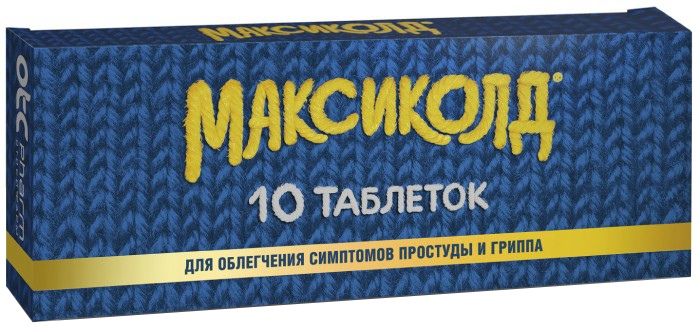
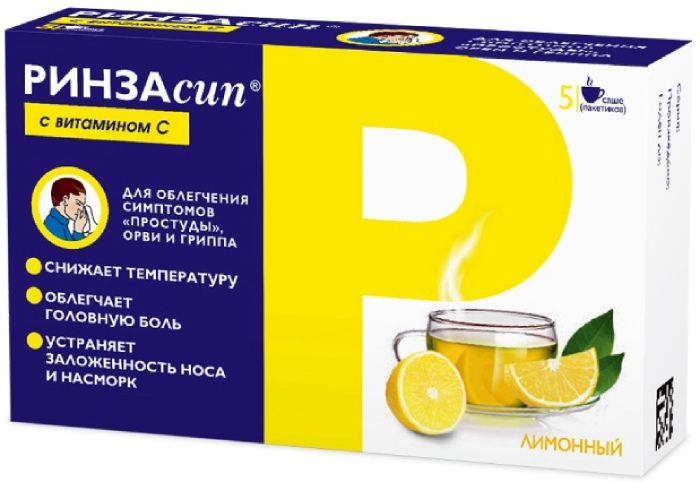
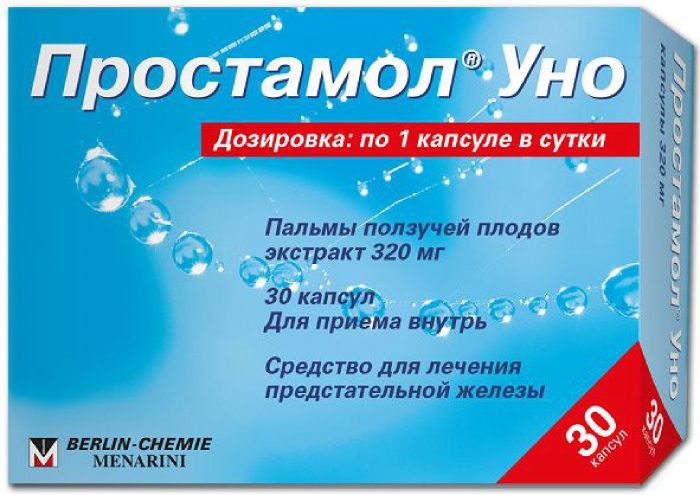
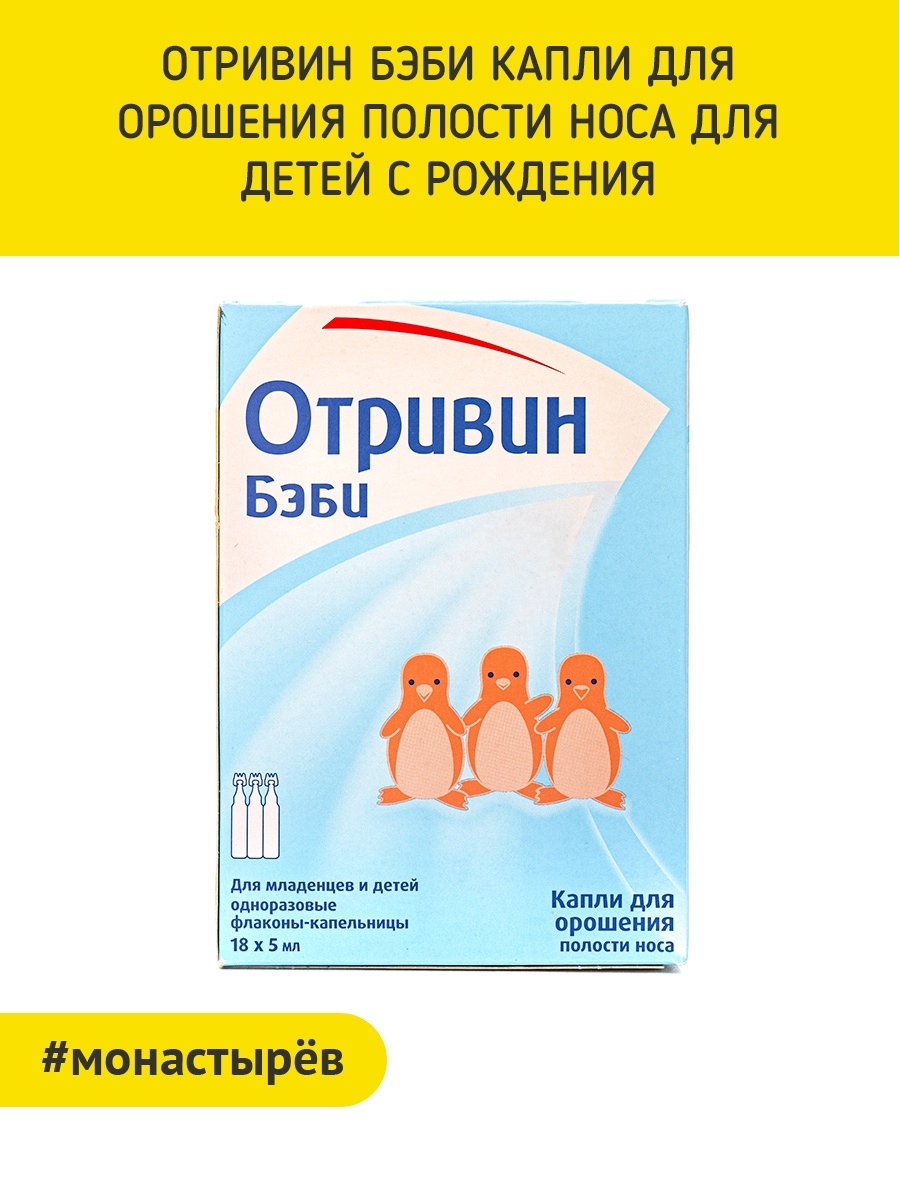
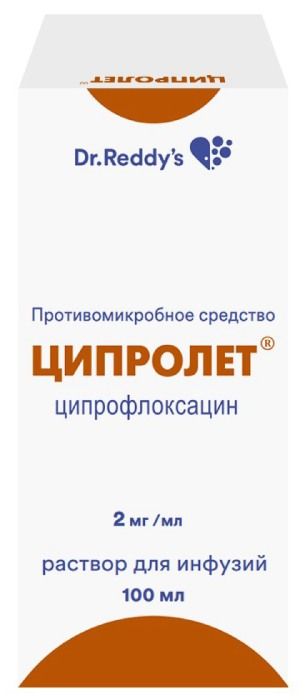

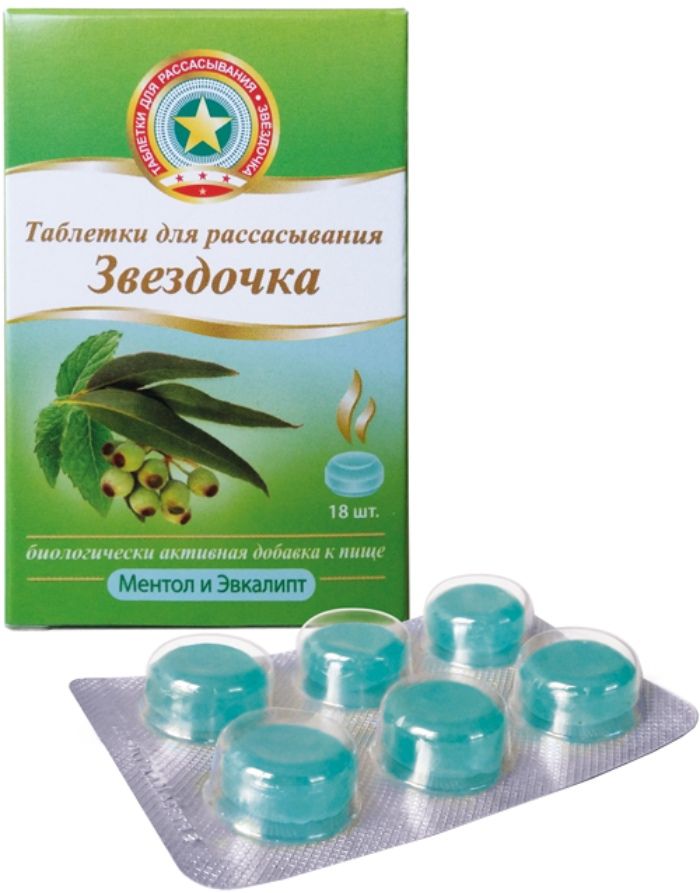
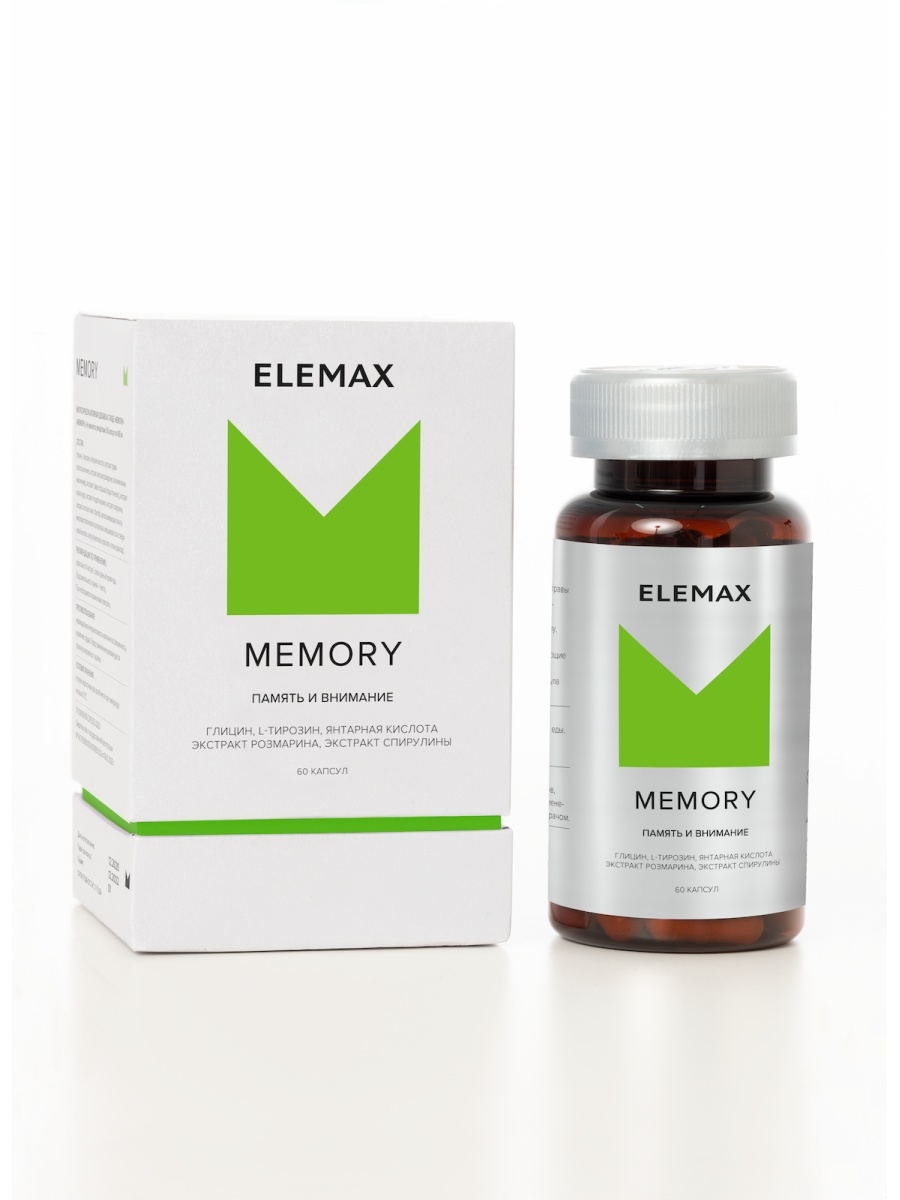
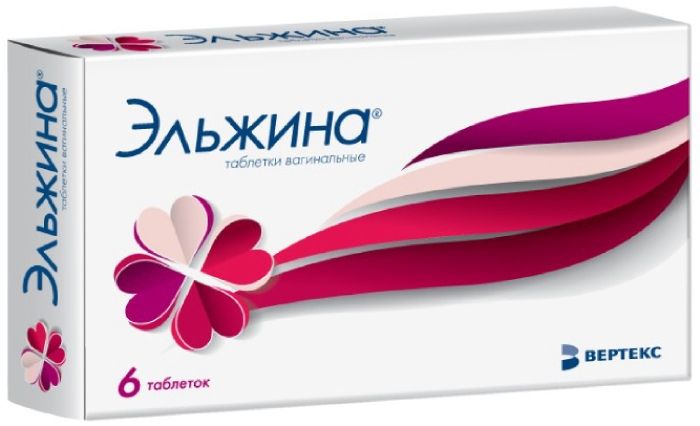



There are no reviews yet.